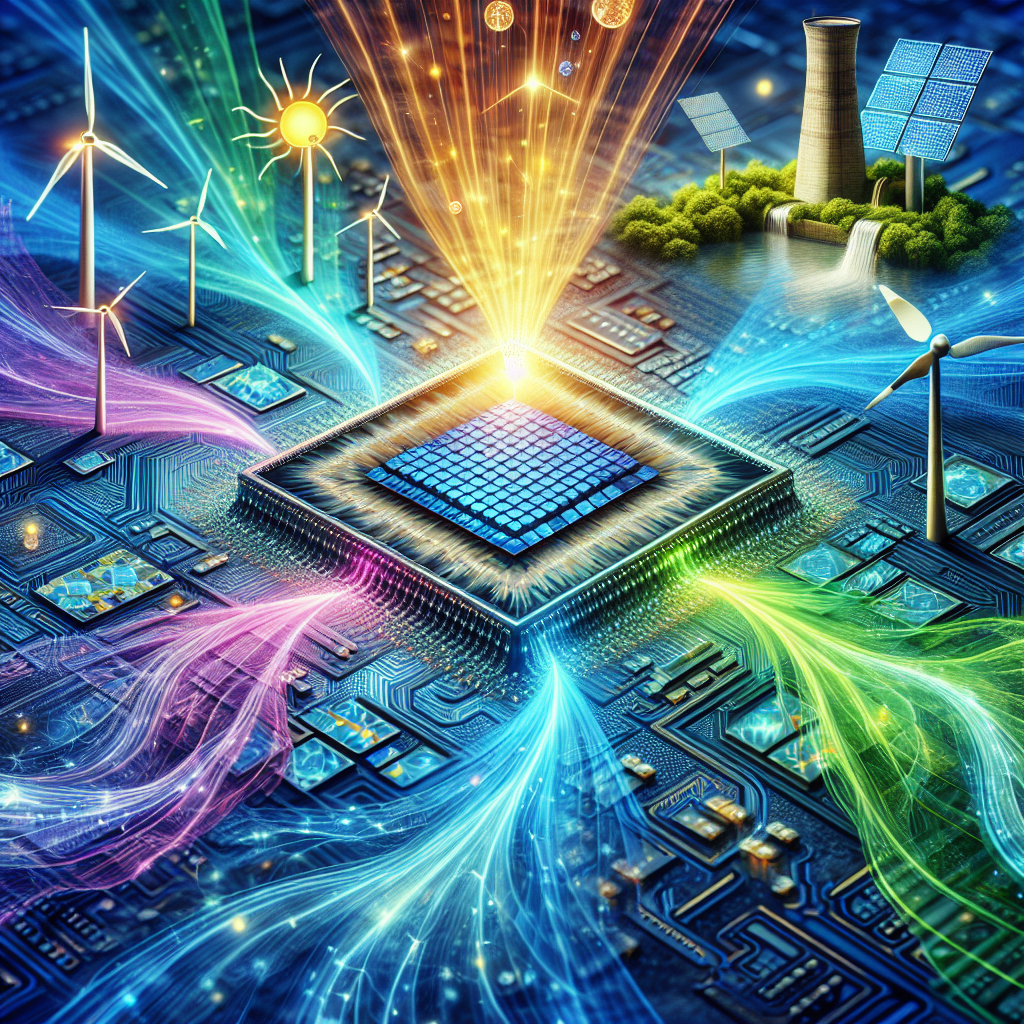Your cart is currently empty!
Exploring the Applications of Semiconductors in Renewable Energy

Semiconductors have become an integral part of renewable energy technologies, playing a key role in the generation, storage, and distribution of clean energy. These materials, which have unique electrical properties that lie between those of conductors and insulators, are used in a wide range of applications in the renewable energy sector.
One of the most well-known applications of semiconductors in renewable energy is in solar photovoltaic (PV) cells. These cells are made up of layers of semiconducting materials, such as silicon, that convert sunlight into electricity. When sunlight hits the PV cell, it excites electrons in the semiconductor material, creating an electric current that can be used to power homes, businesses, and even entire cities. The efficiency of these cells is constantly improving thanks to advances in semiconductor technology, making solar energy an increasingly cost-effective and sustainable source of power.
Semiconductors are also used in other types of renewable energy technologies, such as wind turbines. In these systems, semiconductors are used in the control and monitoring systems that regulate the flow of electricity from the turbine to the power grid. By using semiconductors in these systems, renewable energy companies can ensure that their turbines operate efficiently and reliably, maximizing their energy output and minimizing downtime.
Another important application of semiconductors in renewable energy is in energy storage systems, such as batteries. Semiconductors are used in the construction of lithium-ion batteries, which are commonly used in electric vehicles and grid-scale energy storage facilities. These batteries rely on semiconductors to control the flow of electrons between the battery’s electrodes, allowing them to store and release energy efficiently. As the demand for energy storage continues to grow, so too does the need for advanced semiconductor materials that can enhance the performance and longevity of these systems.
In addition to their direct applications in renewable energy technologies, semiconductors are also being used to improve the efficiency and reliability of power distribution systems. Smart grid technologies, which use advanced sensors and communication systems to monitor and control the flow of electricity, rely on semiconductors to process and transmit data in real-time. By integrating semiconductors into these systems, utilities can improve the stability of the grid, reduce energy waste, and better integrate renewable energy sources into the electricity network.
Overall, semiconductors play a crucial role in the development and deployment of renewable energy technologies. From solar cells to energy storage systems to smart grid technologies, these materials are helping to drive the transition to a cleaner, more sustainable energy system. As researchers continue to explore new materials and technologies, the applications of semiconductors in renewable energy are only expected to grow, paving the way for a cleaner, greener future.

Leave a Reply